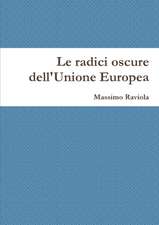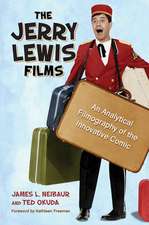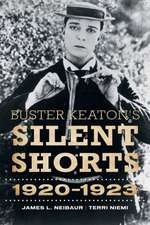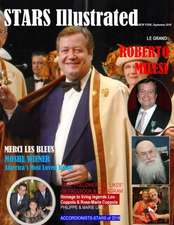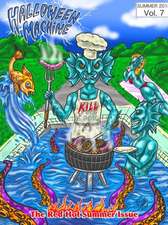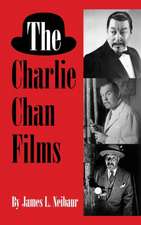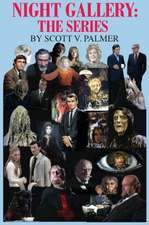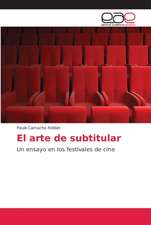The Monster Movies of Universal Studios
Autor James L. Neibauren Limba Engleză Hardback – 15 iun 2017
| Toate formatele și edițiile | Preț | Express |
|---|---|---|
| Paperback (1) | 193.08 lei 6-8 săpt. | |
| Globe Pequot Publishing Group Inc/Bloomsbury – 12 iul 2023 | 193.08 lei 6-8 săpt. | |
| Hardback (1) | 400.83 lei 6-8 săpt. | |
| Rowman & Littlefield – 15 iun 2017 | 400.83 lei 6-8 săpt. |
Preț: 400.83 lei
Nou
Puncte Express: 601
Preț estimativ în valută:
76.71€ • 79.79$ • 63.33£
76.71€ • 79.79$ • 63.33£
Carte tipărită la comandă
Livrare economică 14-28 aprilie
Preluare comenzi: 021 569.72.76
Specificații
ISBN-13: 9781442278165
ISBN-10: 1442278161
Pagini: 224
Dimensiuni: 152 x 229 x 21 mm
Greutate: 0.45 kg
Editura: Rowman & Littlefield
ISBN-10: 1442278161
Pagini: 224
Dimensiuni: 152 x 229 x 21 mm
Greutate: 0.45 kg
Editura: Rowman & Littlefield
Descriere
Universal Studios produced some of the most famous movie monsters in history including Dracula, Frankenstein, The Mummy, The Invisible Man, and The Wolf Man. This book looks at each of the key films produced by Universal from 1931 until The Creature Walks among Us in 1956. A concluding chapter will discuss the continued impact of the films.

